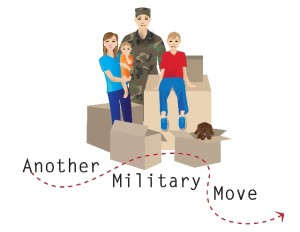 A couple years ago, I reviewed Meal Kit Supply’s MREs. Meal Kit Supply offers quality, U.S. made MREs that contain 100% military MRE components. Our family stocks them for emergencies, and I recommend them to friends.
A couple years ago, I reviewed Meal Kit Supply’s MREs. Meal Kit Supply offers quality, U.S. made MREs that contain 100% military MRE components. Our family stocks them for emergencies, and I recommend them to friends.
So when Meal Kit Supply came out with a new product, a 2-course meal (as opposed to their traditional 3-course meal), I was interested in seeing it.
| (new) 2-Course Meal | (traditional) 3-Course Meal | |
|---|---|---|
| contains | entrée, dessert | entrée, cracker/bread w spread, dessert |
| weight | approx 11 oz (310 g) | approx 20 oz (560 g) |
| calories | approx 600 | approx 1200 |
| per case | 6 | 12 |
| cost | $44.95 (free shipping) | $129.95 (free shipping) |
Both also contain: electrolyte drink mix, spoon, napkin, and flameless heater. The 3-Course Meal also includes instant coffee and condiments.
I’ve been asked: Why not just take a standard MRE and break it down, throwing away all the excess packing (weight and size), and then taping it up — like we did when we were in the military? My answer: That was fine if you knew you were going to eat the meal in the next day or two. But these meals are factory packaged: water proof, hermetically sealed (to keep out pests), with a five year shelf life!
 I like them. They’re a smaller, lighter meal with all the quality you’ve come to expect from Meal Kit Supply, and military grade MREs in general. Adding one (or two) to your every day carry kit adds very little weight or bulk, but a lot of piece of mind.
I like them. They’re a smaller, lighter meal with all the quality you’ve come to expect from Meal Kit Supply, and military grade MREs in general. Adding one (or two) to your every day carry kit adds very little weight or bulk, but a lot of piece of mind.
Post Script (10/7/14):
People have asked about how they tasted. They have the same good flavor/texture/taste as the other Meal Kit Supply MREs we reviewed before. But our family (five of us, Ryan was living in Moab at the time) did eat, evaluate, recorded comments, and rated them on a scale of 1 to 5 (1=terrible, 3=not bad at all, 5=pretty darn good). So of the random three we ate, here’s our menus, comments and average scores:
- Beef Ravioli in Meat Sauce, Oatmeal Chocolate Chunk Cookie, Grape Electrolyte Beverage Powder (EBP): “really good” / “tastes like real ravioli” / “a little dry/chalky” — SCORE: entrée 4.0 / cookie 4.0
- Vegetarian Ratatouille, Chocolate Chip Cookie, Lemon Lime EBP: “good texture” / “plenty of flavor” / “a little metallic taste” / “tastes like meat” / “mushy vegetables” — SCORE: entrée 3.8 / cookie 3.5
- Spaghetti w Meat Sauce, Oatmeal Cookie, Orange EBP: “texture was like real spaghetti” / “noodles were soft” / “tastes like elementary school spaghetti” — SCORE: entrée 3.4 / cookie 4.0
On a side note, the kids are getting much more proficient using the heaters now that they’ve had some practice.























